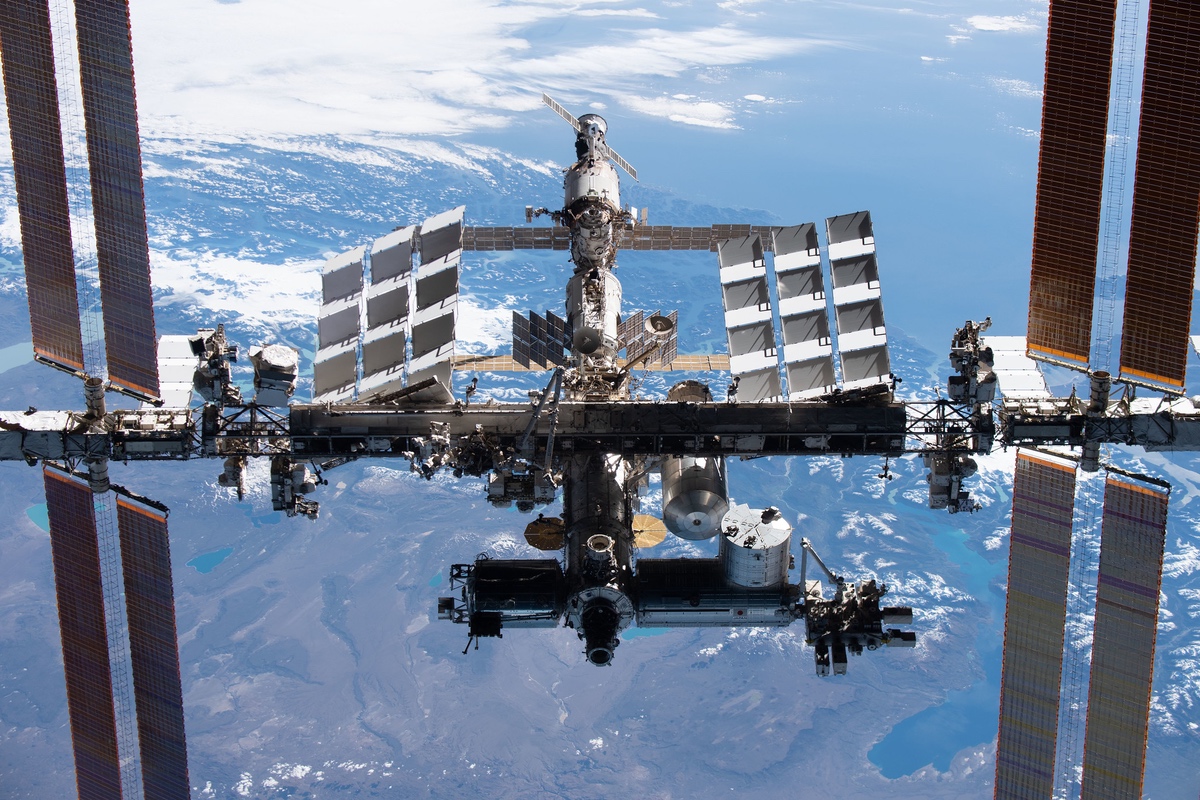NASA has recently awarded SpaceX a contract worth nearly $1 billion dollars to develop a spacecraft that is supposed to destroy the International Space Station (ISS) by shifting it out of Earth orbit and dropping it into the Earth’s atmosphere. But this process will be complicated and time-consuming.

According to ISS program manager Dana Weigel, the station’s destruction, which is expected to occur before 2030, could take 12 to 18 months. During this time, the ISS will gradually lower its orbit until it enters the dense atmosphere, where it should almost completely burn up. However, the crew of the orbital outpost will remain on board as long as possible, helping to maintain the station until it reaches an altitude of about 220 kilometers. Six months before final reentry, the crew will leave the station.
At the right moment, the SpaceX craft will perform complex actions to lower the ISS orbit. NASA is using SpaceX’s expertise to develop a craft that will act as a large tug to move 420 tons of structure out of orbit. It is planned that the tug will be a modified Dragon cargo spacecraft with a reinforced section of the service module, which will house additional fuel tanks, engines and other equipment necessary for this mission.

Certainly, the atmosphere won’t destroy the ISS completely. That is why NASA is now planning a place to flood the remains of the station. Although a landing site for the station wreckage has not yet been determined, the South Pacific is being considered because of its large area. NASA notes that the timing of the ISS destruction depends on many factors, including the solar cycle, which can threaten satellites and spacecraft. Therefore, the de-orbiting spacecraft will be launched a year and a half before the expected completion of the mission to have a time reserve.
When asked about the possibility of preserving the remains of the ISS for a museum, NASA’s Vice President of Space Operations Ken Bowersox said it was a good idea, but there would be very little left of the station after it fell into the ocean. However, NASA may consider testing the remains on the bottom of the Pacific Ocean when the time comes.
We previously reported on how former NASA and ESA executives called for the ISS to be left in space for the next generations.
According to futurism.com


